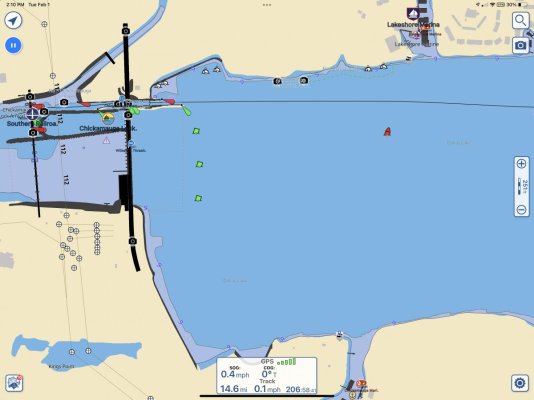I know that how? Because just a few days ago I received an email from Navionics offering the same charting software for my Simrad MFD just the same as always. No change from past practice. There has been tons of unfounded speculation based on preconceived notions about what Garmin is going to do.
You are extrapolating that because you can get an update today they will offer you one tomorrow as well. When Navionics was independent their business depended on that revenue stream. Now it does not, and Garmin has an interest in keeping it proprietary. Garmin also has a history of abandoning users of products they acquire, and even their own products. Active Captain and Delorme are recent examples.
You are right, good if you are a Garmin fan, not so good otherwise.

